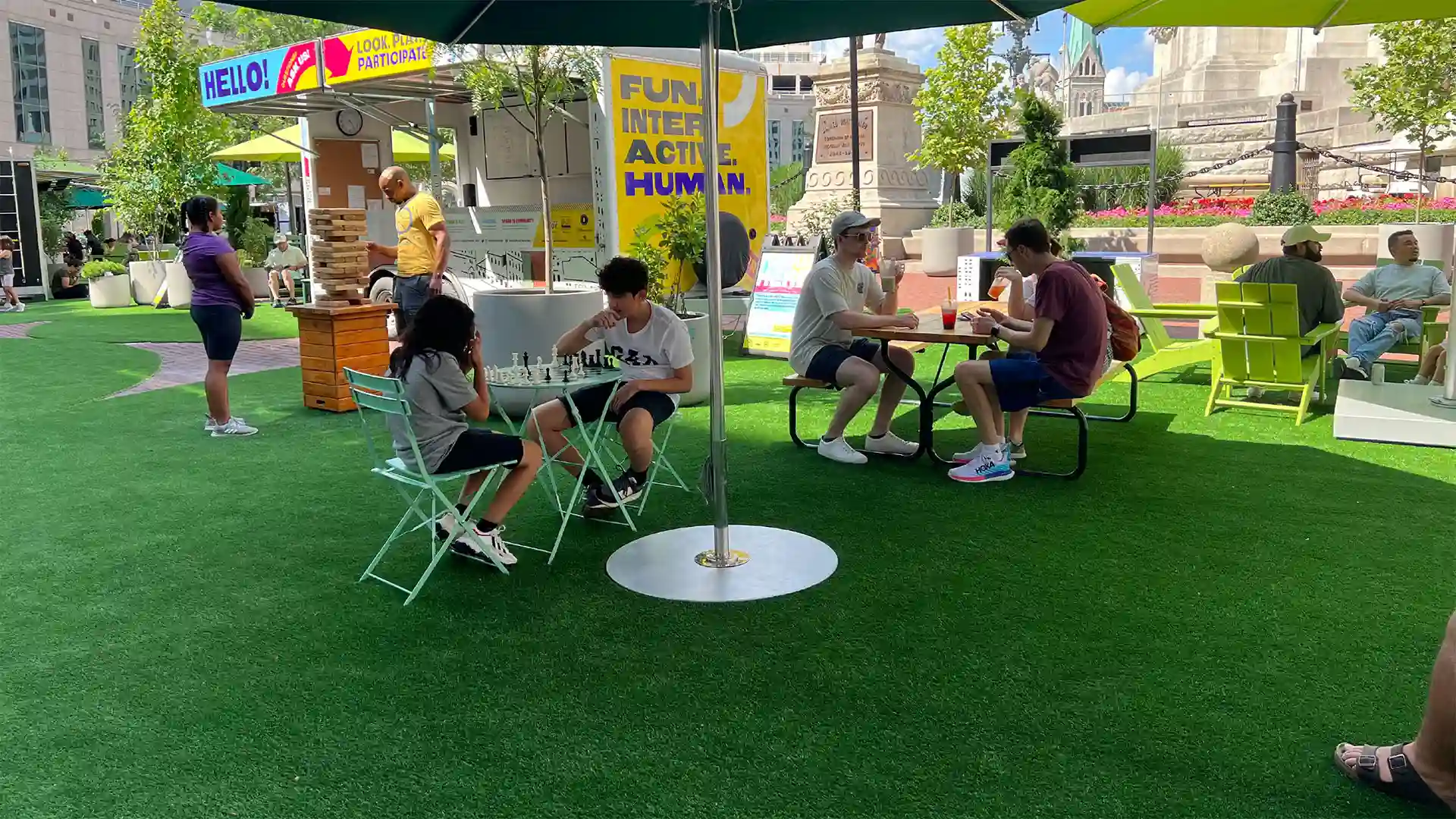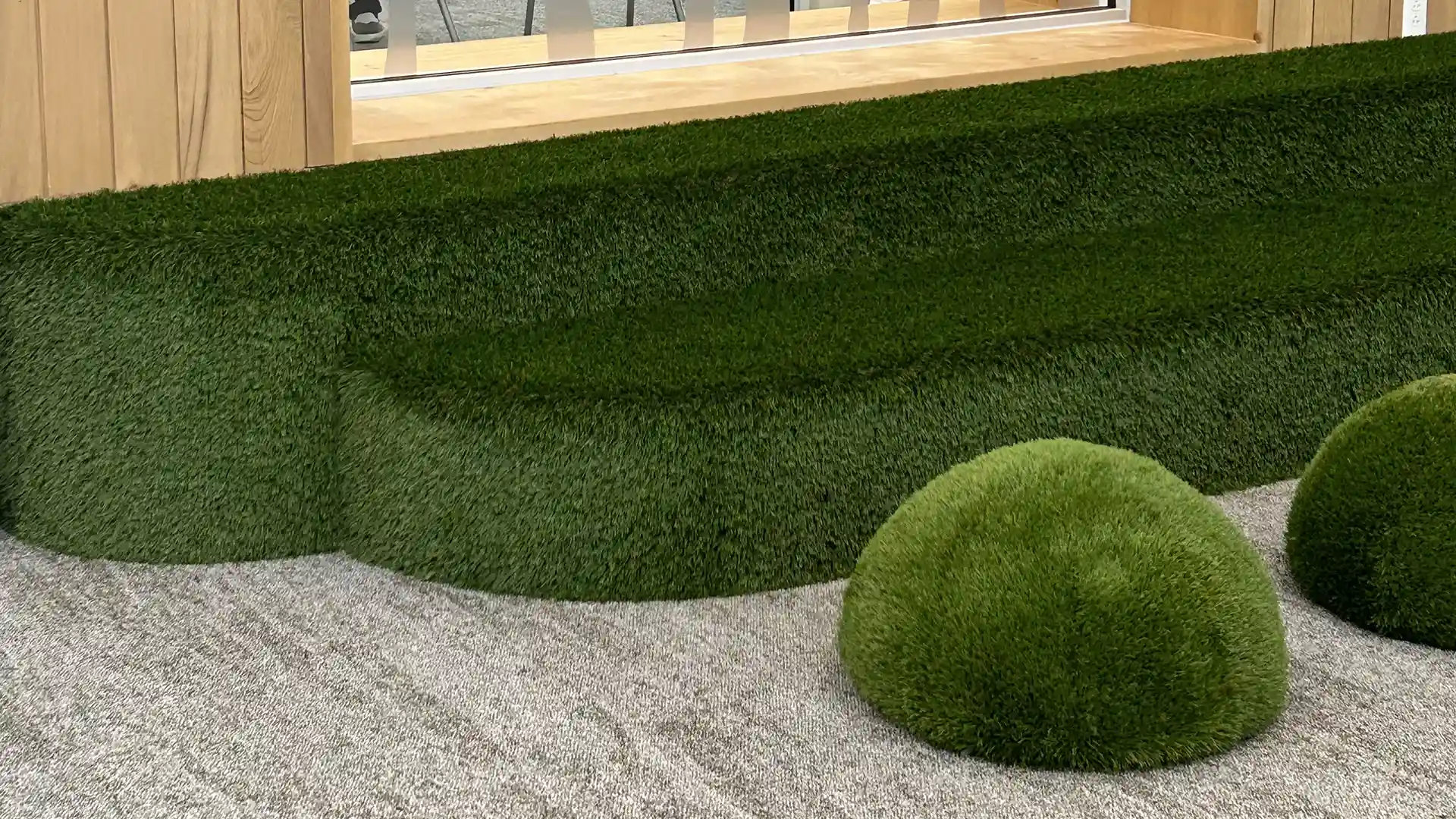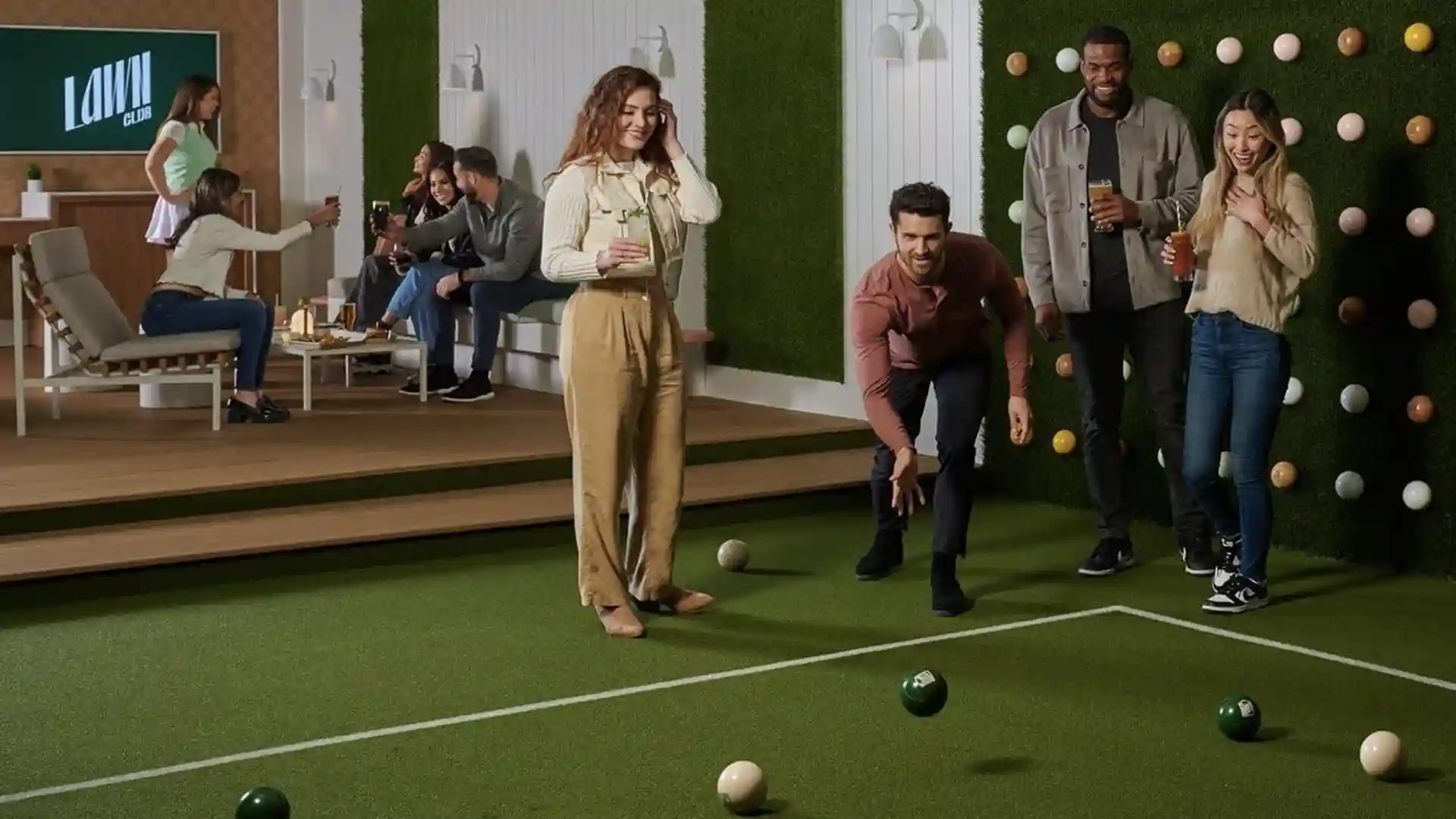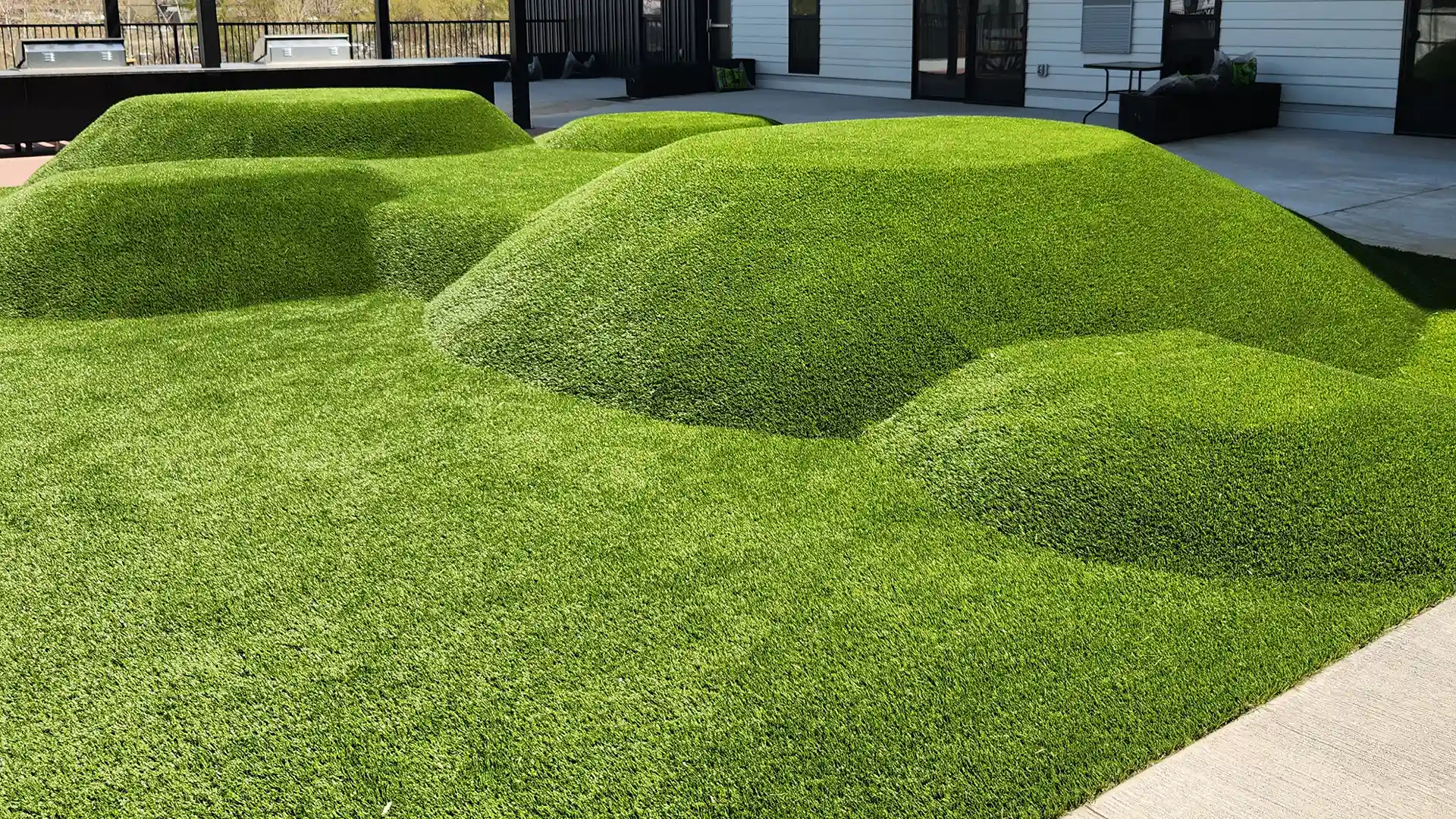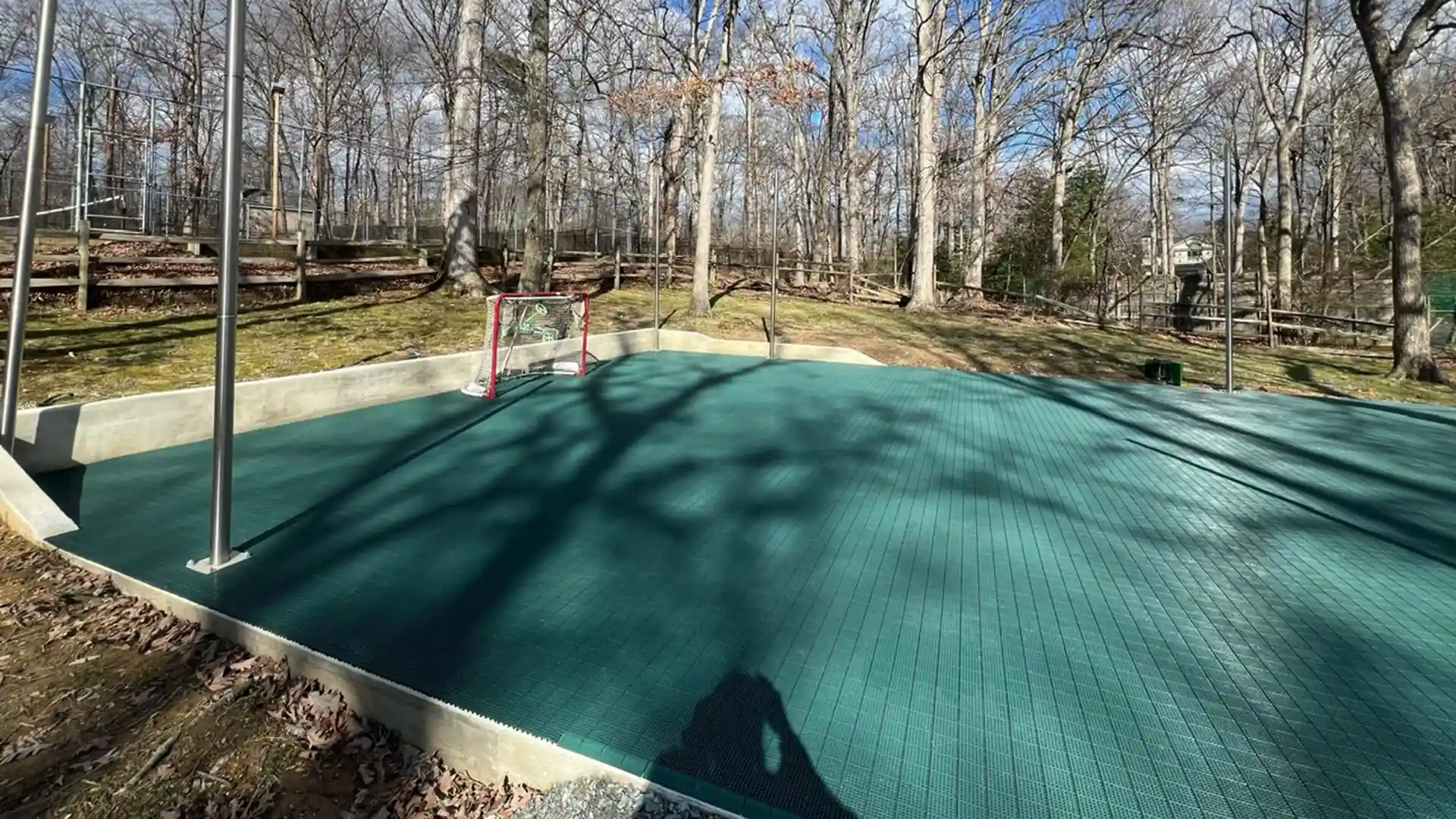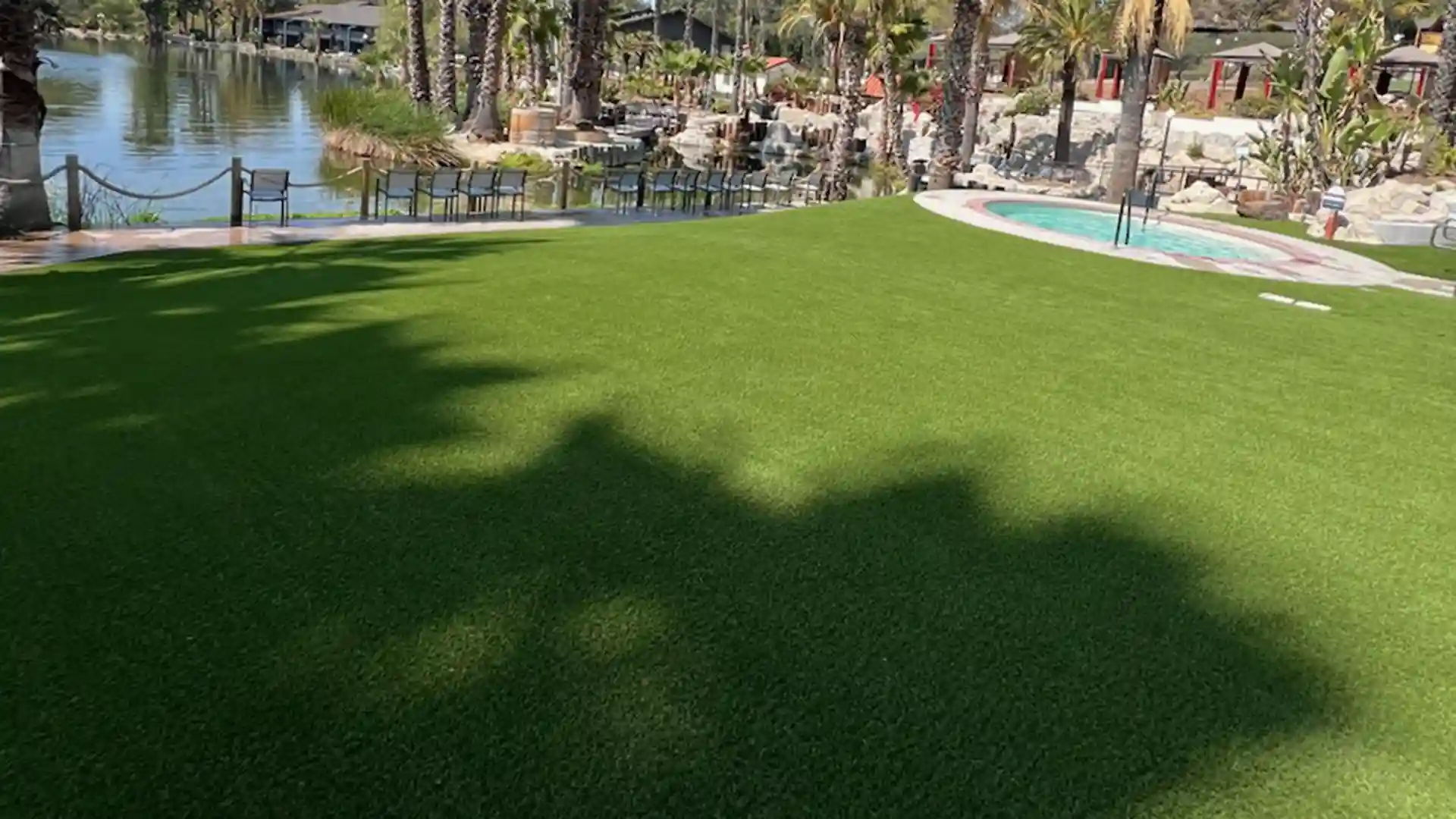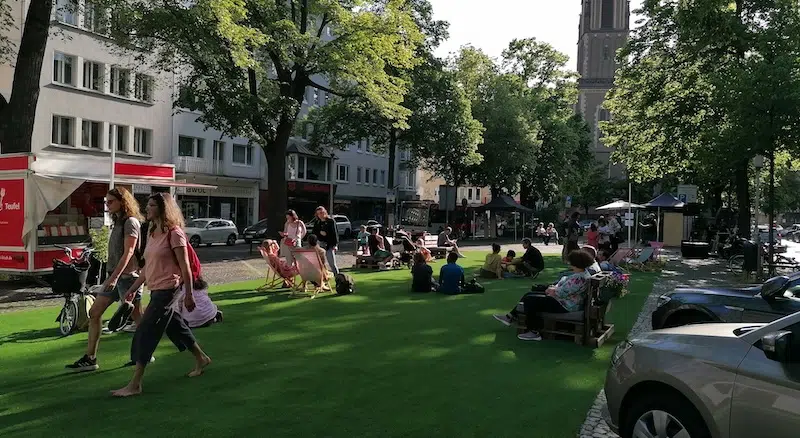
Best High-Traffic Lawn Alternatives
A green lawn is a classic symbol of curb appeal, but for high-traffic areas, traditional grass struggles to keep up. Frequent foot traffic can quickly turn a well-maintained lawn into a patchy, muddy mess. Whether it’s children playing, pets running, or guests walking through, natural grass is often unable to withstand the wear and tear.
If maintaining a traditional lawn has become more work than it’s worth, it may be time to consider durable, sustainable, and low-maintenance alternatives. The right choice will keep your outdoor spaces functional, attractive, and hassle-free throughout the year.
In this article, we explain the main challenges of traditional grass and review four high-traffic lawn alternatives for various use cases.
Why Traditional Grass Fails in High-Traffic Areas
Grass depends on deep, healthy roots for growth. However, repeated foot traffic compresses the soil, making it difficult for roots to access air, water, and nutrients. As the soil becomes compacted:
- Air pockets disappear, suffocating the roots.
- Water has trouble penetrating, leading to dry, dead patches.
- Nutrients get trapped, preventing new grass from growing.
As grass weakens, the exposed soil underneath becomes unstable, causing:
- Patches of exposed dirt that quickly turn into mud in rainy weather or dust during dry spells.
- Increased weed growth, as weeds thrive in disturbed soil.
- Erosion, particularly in sloped areas, making the ground uneven and harder to maintain.
High Maintenance Requirements
The more traffic a lawn experiences, the more effort it takes to keep it looking presentable. A traditional lawn in a high-traffic area may require:
- Frequent aeration to loosen compacted soil.
- Constant reseeding and fertilization to replace lost grass.
- Additional watering, especially in warm climates where stressed grass dries out quickly.
Natural grass also requires different care in different seasons, making maintenance a constant concern. Here’s how this year-round battle typically looks like:
- Summer: High temperatures cause browning and thinning.
- Fall: Fallen leaves and debris block sunlight, hindering healthy regrowth.
- Winter: Cold temperatures shock the roots, leading to dormancy or die-off.
- Spring: Heavy rains turn bare patches into mud, making the lawn difficult to use.
If your lawn is constantly battling these challenges, switching to a high-traffic alternative can provide a long-term solution.
Best High Traffic Lawn Alternatives
A high-traffic lawn needs to be resilient, low-maintenance, and long-lasting. The best high-traffic grass alternatives fall into four main categories:
- Tough, Low-Growing Ground Covers
- High-Traffic Grass Blends
- Hardscaping & Non-Grass Alternatives
- Advanced Synthetic Turf Solutions
Each option offers distinct advantages depending on foot traffic levels, climate, and maintenance preferences.
Tough, Low-Growing Ground Covers
For those who want greenery without the maintenance of grass, ground covers offer an excellent alternative. These plants spread across the ground, creating a dense, resilient surface that is softer than hardscape options but requires far less upkeep than natural grass.
Grass alternatives you can walk on:
- Creeping Thyme: Drought-tolerant and fragrant when stepped on. Thrives in full sun and tolerates light to moderate foot traffic.
- Corsican Mint: Forms a dense, mat-like cover with a fresh mint scent. Works well in partially shaded areas.
- Dwarf Mondo Grass: Resembles traditional grass but grows slower and requires less maintenance. Tolerates moderate foot traffic and shaded areas.
- Microclover: Blends well with turf grass for a self-repairing, weed-resistant lawn. It requires less mowing, fertilization, and watering than standard lawns.
Best for: Eco-conscious homeowners, gardens, and decorative green spaces with moderate foot traffic.
High-Traffic Grass Blends
If you prefer the look of a traditional lawn but need a more resilient option, specialized grass blends offer a practical alternative. These grasses have deeper roots, repair themselves quickly, and require less watering and fertilization than standard turf grass.
Best grass varieties for high-traffic areas:
- Tall Fescue: Deep roots make it highly wear-resistant. Moderate drought tolerance minimizes watering.
- Bermuda Grass: A durable warm-season grass that recovers quickly from heavy use. Prefers full sun but is less tolerant of shade.
- Kentucky Bluegrass: Self-repairing, meaning damaged areas recover faster. Ideal for cooler climates.
- Zoysia Grass: Thick, carpet-like growth prevents weeds. Requires less mowing and is highly drought-tolerant.
Best for: Homeowners and businesses that want a traditional lawn appearance with better durability and lower maintenance.
Hardscaping & Non-Grass Alternatives
For spaces that experience constant foot traffic, grass and ground covers may not be the best option. Instead, you can opt for hardscape materials that provide long-term durability while blending seamlessly into natural landscapes.
Alternative to grass lawn:
- Decomposed Granite: A modern, sleek surface with excellent drainage. Ideal for rain-prone areas.
- Pea Gravel: Affordable and easy to install. Allows water to drain and prevents muddy patches.
- Rubber or Composite Pavers: Slip-resistant and shock-absorbent, making them ideal for playgrounds and courtyards.
- Mulch Pathways (Bark, Wood Chips, or Pine Needles): Provides a natural look while controlling weeds and preventing erosion.
Best for: Walkways, playgrounds, courtyards, and seating areas where durability is a priority.
Advanced Synthetic Turf Solutions
Synthetic turf has become a leading choice for a long-lasting, maintenance-free lawn alternative. Modern artificial grass, in particular, looks and feels more realistic than ever, making it a practical solution for high-traffic areas.
Key advantages of synthetic turf:
- Handles heavy foot traffic without matting or damage.
- Requires no mowing, watering, or fertilization.
- Drains efficiently, preventing puddles and mud.
- Provides a soft, non-toxic surface that is safe for pets and children.
Trionic Plus: The Next Evolution of Synthetic Turf
Among the latest innovations in synthetic turf, Trionic Plus technology blends plant-based materials with advanced fiber strength, offering:
- Increased durability for high-traffic commercial and residential spaces.
- Improved environmental sustainability by incorporating renewable components.
- A softer texture that mimics the feel of real grass.
Best for: Homeowners, businesses, playgrounds, and pet areas seeking a maintenance-free, high-traffic solution.
Key Takeaways
A truly great landscape merges the best of all worlds—it’s aesthetically pleasing, built to last, easy to maintain, and environmentally responsible. However, high-traffic areas can make this a challenging endeavor. We know it can be difficult to figure out which choice is best for your lawn, so we’ve created a Project Wizard that guides you through the process.
If you need further assistance, our experts are available to offer tips and customized commercial turf solutions for your specific needs and requirements.
